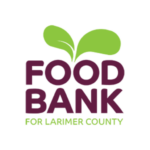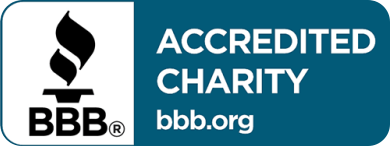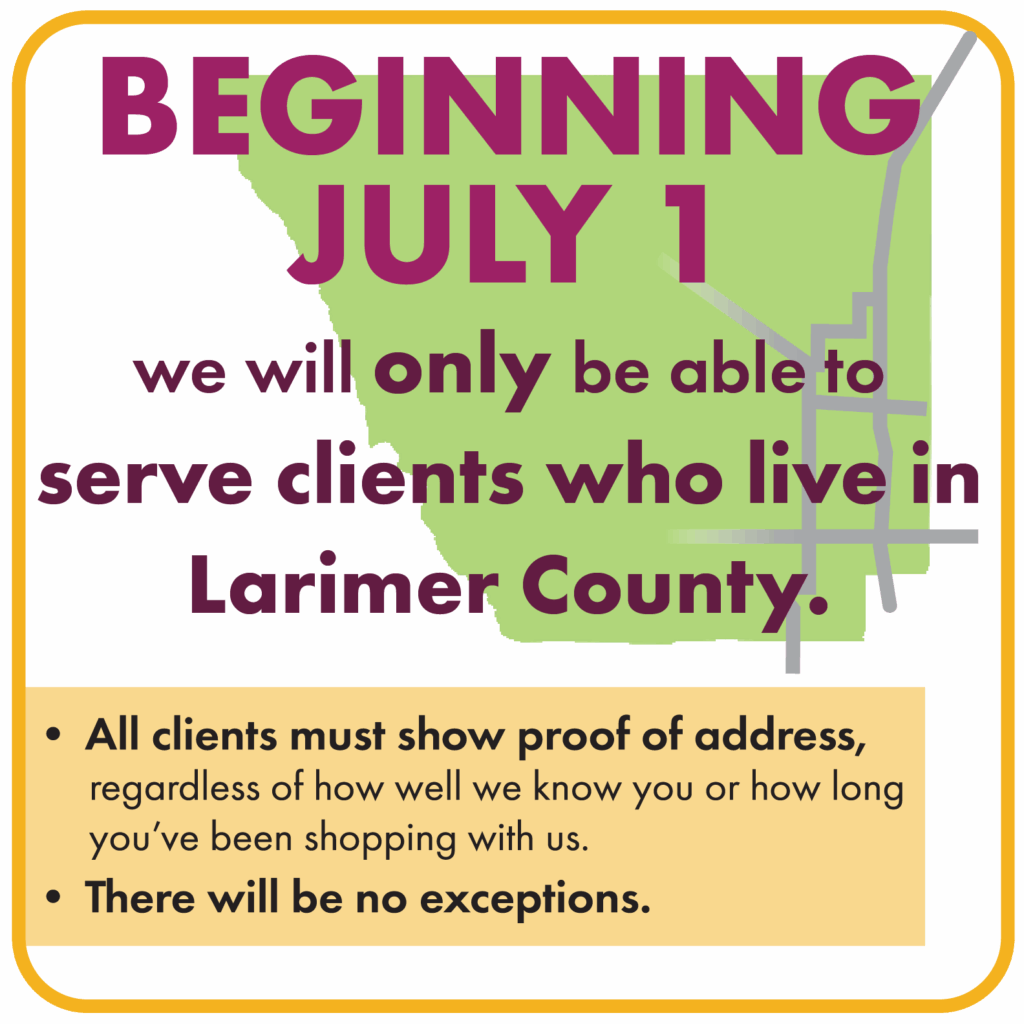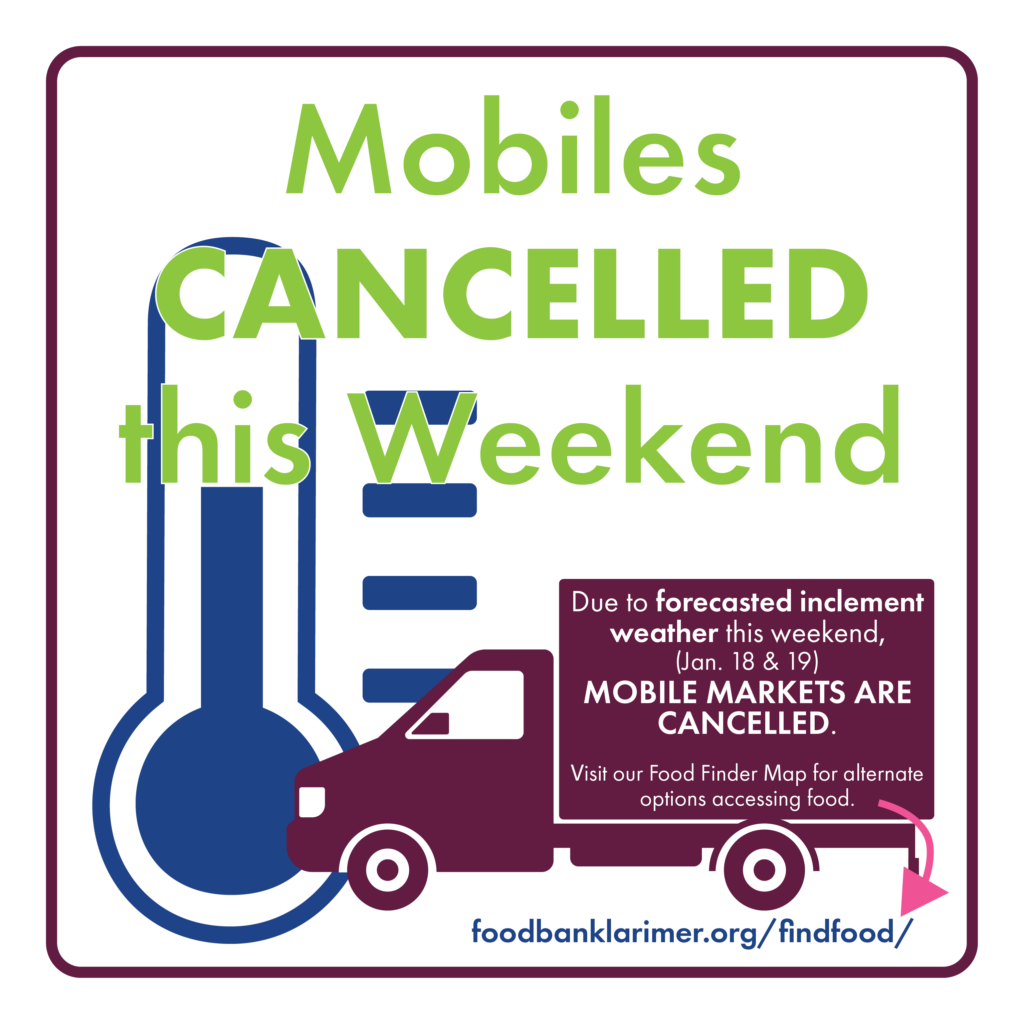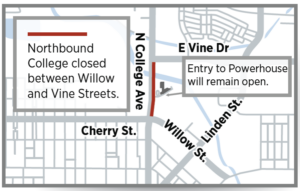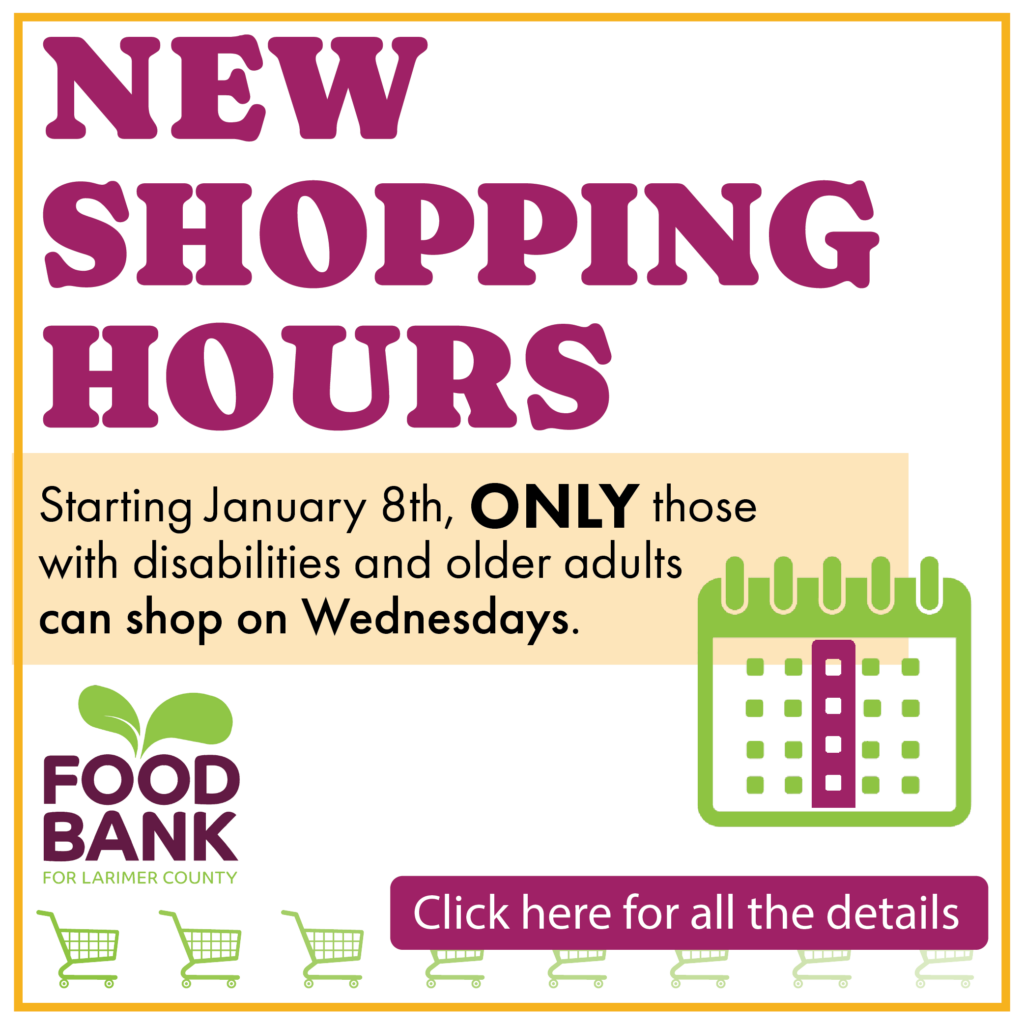Carrie, a Food Bank client, knows there are other people in her Larimer County community who could benefit from using the no-cost markets.

Yet, they haven’t reached out to get the help they deserve.
“They don’t think there’s anything here that provides a meal for them…” Carrie said.
Wrapped into this perception are likely deep-seated stigmas that surround food insecurity and make this issue even more complex. A Food Research and Action Center article highlights the way stigmas can create roadblocks for those who need help, but who may feel shame in reaching out to get services. They might even blame themselves for circumstances that are not in their control that have led to being food insecure.
“Stigma prevents eligible people from accessing government assistance or food pantries out of fear that community members will know they live in poverty and will judge them for it,” the article read. “This comes from interactions with others as well as internalized shame.”
The reality is, anyone can experience food insecurity.
Many people are vulnerable to being one unexpected circumstance, like a lost job or medical bill, from needing food bank help themselves. In fact, 60% of American adults will live below the poverty level for at least a year during their lifetime, according to the Food Research and Action Center.
“A lot of people feel shamed about having to come here, where there is no need to be,” Carrie said. “We have to feed ourselves, our families, our kids.”
Carrie herself was motivated to use the Food Bank when the pandemic created uncertainties for her and her family of five.
“I didn’t know who was going to lose their job next,” she shared during a recent shopping trip to the Food Bank.
Older adults who need services, like SNAP, and who are eligible, have “historically had much lower participation,” according to an AARP report . The March 2025 report shows that 16 million eligible older adults are not enrolled in SNAP.
Across all ages, not getting the nutrition needed can lead to chronic physical and mental health conditions, and as a result, increased health care costs.
“On average, food-insecure individuals have higher overall healthcare costs when compared to food-secure individuals, likely due to the fact that food insecurity is associated with higher incidence of chronic disease including diabetes, hypertension, heart disease, kidney disease, and depression,” Feeding America stated in a 2019 report.
Since Carrie said she made the decision to visit the Food Bank, picking up groceries from the no-cost markets have continued to be a valuable resource. It helps her family make ends meet and supports her ability to make the home-cooked meals that bring her family together around a table.
Carrie wanted to do her part to break down the stigmas. After her shopping trips, she started creating videos for her social media that showed what she got from the Food Bank and how she transformed the food into home-cooked meals for her family. She’s made fresh-squeezed lemonade, home-style burgers, loaded baked potatoes, and more.
After a recent trip to the Food Bank, she panned her camera over the latest haul. Arranging the items on her stove top, she showed viewers what she got: a large jug of maple syrup, a variety of fruits and vegetables, yogurt, coffee creamer, bread, frozen beef and pork loin – to name a few of her selections. For the family dog, Brownie, there was a big bag of dog food.
Accepting help is an act of bravery and self-advocacy.
For those that shop the Food Bank, it’s also a way to help the planet by supporting food rescue efforts.
To truly end hunger, the stigmas that pervade the issue of food insecurity must end.
“Nobody should be made to feel ‘other’ or ‘less than’ due to life’s circumstances,” the FRAC article read. “We must shift the narrative away from the myth of individual failings to the reality of structural failures.”
